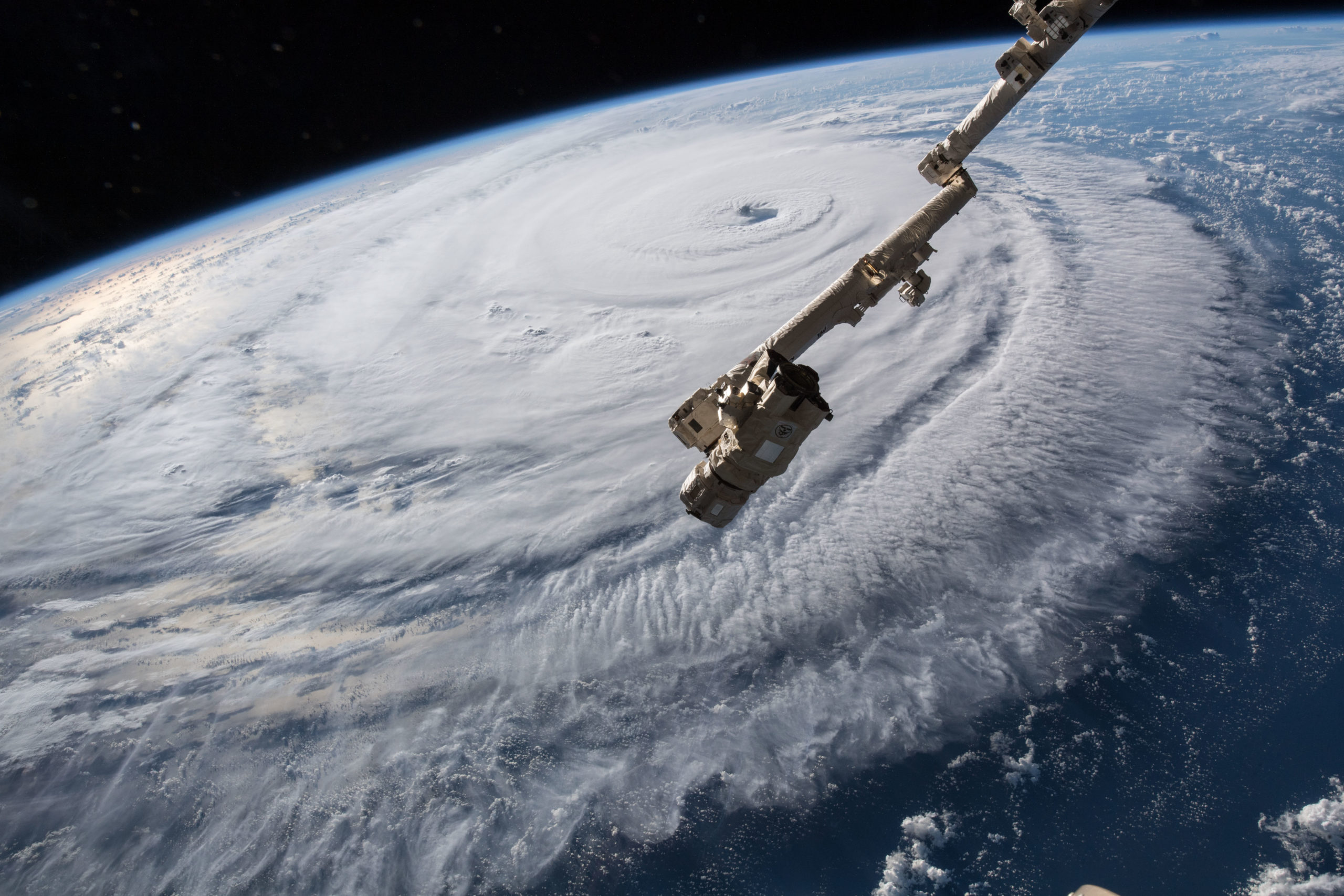[ad_1]
Idalia made landfall at Keaton Beach in Florida’s Big Bend area (wind speeds around 125 mph) as a Category 3 hurricane on Aug. 30, after briefly undergoing a rapid intensification to a Category 4 storm overnight. This area had not been hit by a strong storm in 125 years. Five storm-related deaths have been reported: one in Georgia and four in Florida. Damage assessments are still ongoing. Idalia brings the total of U.S. billion dollar weather and climate disasters to 23 as of the end of August 2023. This is the highest total, beating out the record of 22 in 2020.
Florida
Idalia made a direct landfall in Keaton Beach as a Category 3 storm on Aug. 30. The death toll and damage were significantly less than in Hurricanes Michael and Ian because the Big Bend area has a much sparser population. This rural population, however, presents challenges for recovery because fewer philanthropic and nonprofit resources are available.
Insured losses were estimated at $3 to $5 billion by Moody’s RMS. This was much lower than Hurricane Ian, which reflects the smaller population size. Unlike most counties in Florida, this area of the states has been losing residents. The state average income is $61,000 but in these communities, median income is $15,000 to $20,000, leaving 1 in 5 people living in poverty. Average home values are only around $100,000, but with the increased costs of construction materials and rebuilding, most home owners will not receive enough assistance to recover.
The storm surge was the biggest ever seen and stretched 250 miles (from Mexico Beach, hit by Michael in 2018, down to Naples, which Ian hit in 2022). In a preliminary report released Sept. 18, the National Weather Service found that the storm surge reached 12 feet above dry ground.
In the area of landfall near Keaton Beach, water levels between 7-12 feet higher along more than 33 miles of coast to the north and south of the center. Steinhatchee and Cedar Key, in the Big Bend area, had 10 feet of storm surge, and even Tampa Bay, 150 miles south, saw four feet of surge. The Sun Sentinel reported: “It was the largest surge Tampa had seen since the 1921, when, according to the National Oceanic and Atmospheric Administration, the Tampa Bay/Tarpon Springs Hurricane brought 11 feet of storm surge to the city.”
Many islands and peninsulas were cut off from the mainland for hours as extensive flooding was experienced in many barrier islands as far south as Pinellas County. The barrier islands lost several years of dune recovery.
According to Axios, “Ping Wang, a professor in the School of Geosciences who has studied west Florida beach erosion for 20 years, told the Tampa Bay Times it was the worst erosion he’d ever seen from a single storm.”
Thousands of people experienced damage from winds, rain and flooding.
A federal disaster declaration (DR-4734) was approved for most counties in Florida. Individual assistance is provided in 16 counties. Public assistance of some kind was approved for all but 18 counties. As of Nov. 7, 35,036 individual assistance applications had been approved for a total commitment of $74.38 million. For public assistance categories A and B, almost $274 million has been obligated.
Georgia
The Georgia coast was not as hard hit, but the more rural communities in south-central Georgia were strongly affected.
The most affected area was the Valdosta area, which saw flooding and downed trees and power lines blocking streets. The Valdosta Daily Times reported that Lowndes County (where Valdosta is located) had insured losses of about $12.8 million.
Also, on Sept. 6, Governor Brian Kemp officially requested a federal disaster declaration for 30 counties for public assistance and four counties for individual assistance. The governor estimated that the total cost of public assistance needs was over $41 million. Kemp said, “… the specific counties hit by Hurricane Idalia have significant vulnerable populations. Any instability is potentially catastrophic to the health and wellbeing of these communities.”
President Biden approved the governor’s request for a major disaster declaration (DR-4738) on Sept. 7, and as of Oct. 23 1,150 applications for Individual Assistance (IA) had been approved for five counties for a total obligation of $3.51 million. There were 29 counties approved for Public Assistance, A to G, and no funds have been obligated.
South Carolina
Idalia moved through South Carolina overnight on Aug. 30 as a Tropical Storm. Compared to Florida and Georgia, there was only minimal damage. Water at Charleston Harbor exceeded 9 feet, the fifth-highest water level ever recorded.
President Biden approved an emergency management declaration in South Carolina (EM-3597) on Aug. 31 for 23 counties to receive Public Assistance, Category B, emergency protective measures. This does not provide any assistance for individuals. No funding obligations have been announced as of Oct. 23.
North Carolina
Idalia moved into North Carolina as a tropical storm. As it crossed the state, the biggest impact was from I95 to the coast, where about 7 inches of rain fell. This led to minor street flooding. There were also six confirmed low-level tornadoes, which caused minimal damage. Idalia left the state at tropical storm strength before eventually dissipating at sea.
[ad_2]
Source link




